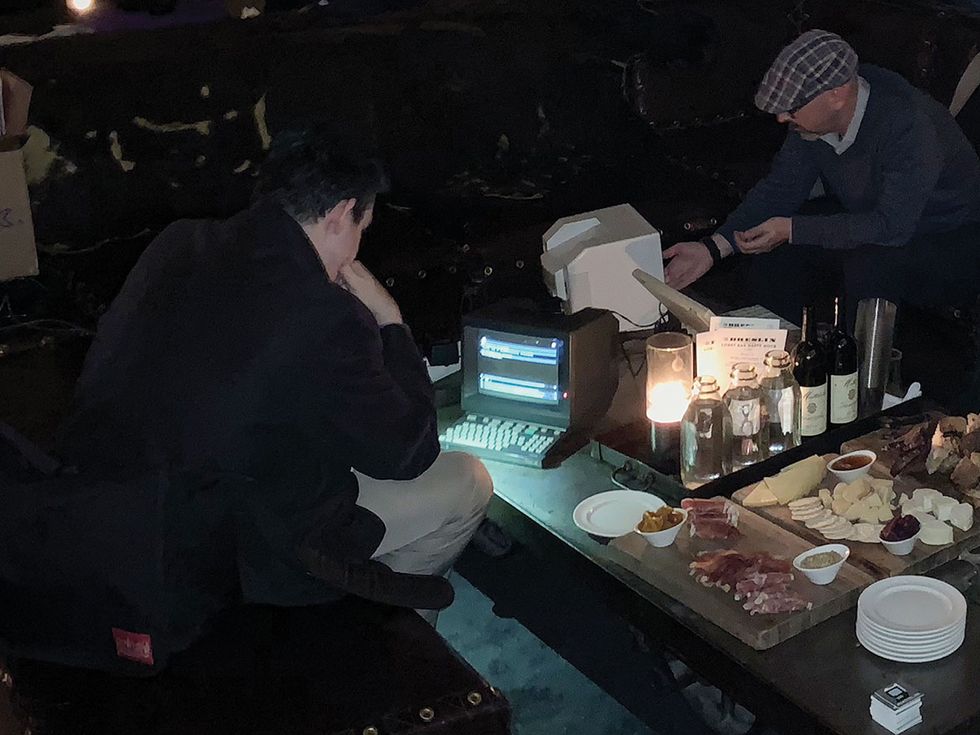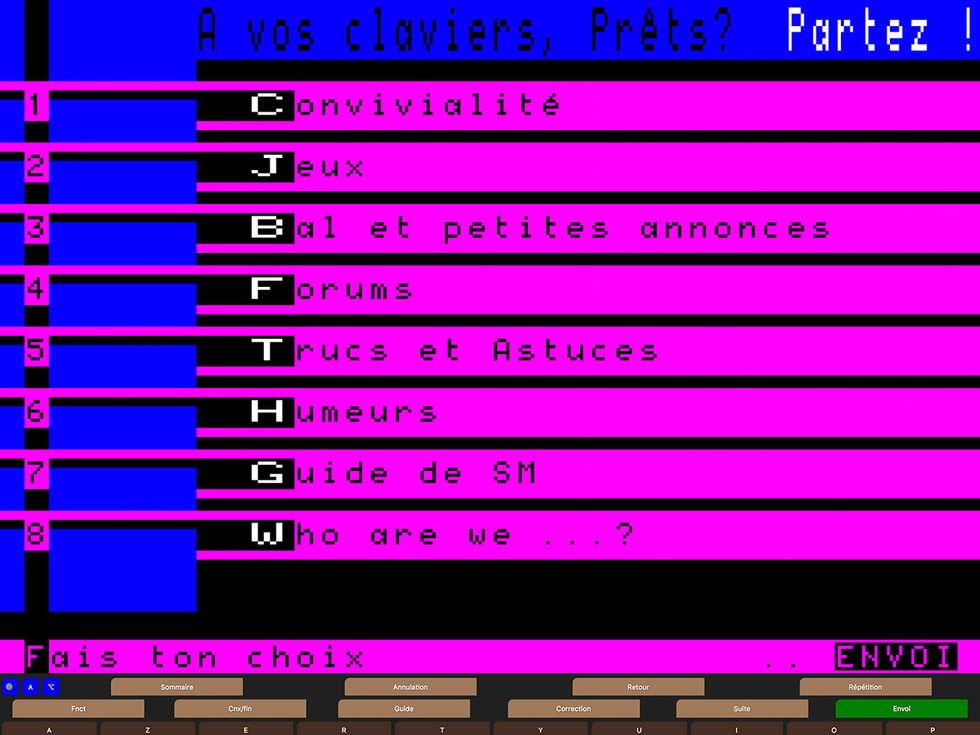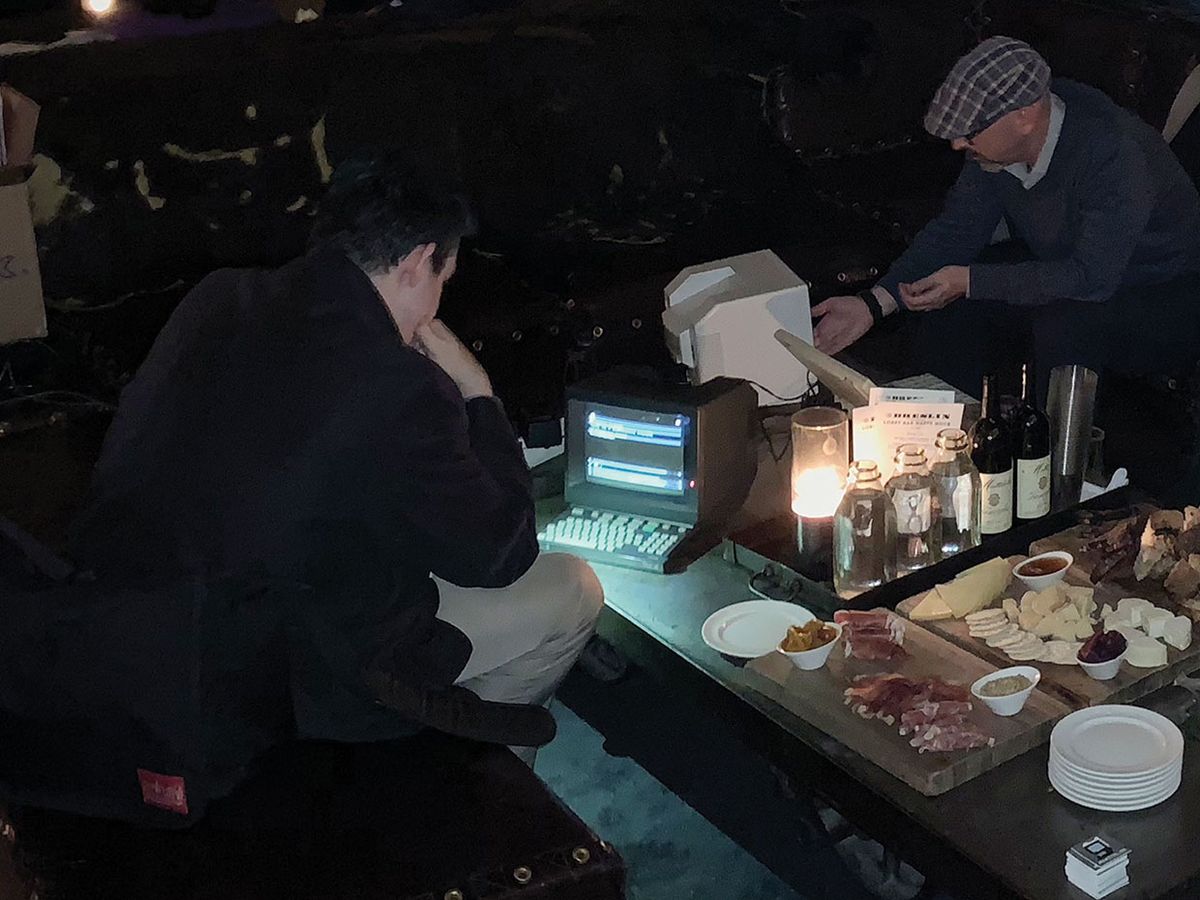
Lost cyberspaces are like lost cities. You can read about their architecture and learn about the mark they made on history, but you can’t explore the place yourself. Even when the hardware or software that folks used to visit those spaces remains, once the last server goes off line, all that’s left are the memories. Unless, that is, one of the original builders decides to do some reconstruction.
Such a builder is Daniel Hannaby [PDF], who became a 1980s version of a dot-com millionaire thanks to the Minitel network. This network is the greatest lost cyberspace of all: The service was shut down in 2012 after the Internet eroded its popularity. But, as detailed in a June 2017 feature in IEEE Spectrum, in the 1980s and early 1990s, millions of French people used dedicated Minitel terminals to do many of the things we associate with the Internet today: send emails, buy things, read news and forums, and chat in real time.
One of the most popular pay-by-the-minute chat and forum services accessed via Minitel was called 3615 SM. It was created by Hannaby and François Lagarde in 1985. Hannaby had just graduated as a doctor, while Lagarde had graduated a few years earlier. “We wanted to do something about communication at large, so we thought that a service for doctors was a good idea,” says Hannaby. However, they rapidly developed a large mainstream audience. Hannaby suspects the name they chose accidentally helped—the “SM” stood for “serveur médical,” but in French, as in English, the letters “SM” can have, ah, racier connotations. Hannaby and Lagarde were also technical innovators: They developed hardware that let users download files from the Minitel network to PCs and Macs.
The growth of 3615 SM caught them by surprise: Originally, they hosted the service on two 8-bit 6502 CPU-based personal computers connected via a multi-line modem. “It was so popular the modem [overheated] and took fire... so the office burned down,” says Hannaby. In 1987, media tycoon Robert Maxwell bought 51 percent of the service for US $5.1 million. The 3615 SM service began to decline, however, and was retired around 1992.

But visitors to the Ace Hotel in New York City last December were able to access 3615 SM using original terminals during a series of events hosted by Julien Mailland and Kevin Driscoll, authors of Minitel: Welcome to the Internet (MIT Press, 2017) and founders of the Minitel Research Lab, USA. This was possible because last year Hannaby resurrected 3615 SM, just because “It was fun to see that old system working again.... I took my original code.... It was 16 bits and we had to work this out on this new architecture. Now it’s working on the cloud.” For the Ace Hotel event, Hannaby built a special interface to transfer the Minitel terminal traffic over the Internet. For anyone who missed the event, there’s an even easier way to try out the service: Just point your browser to sm.3615.live (works best in a small window!). Hannaby’s Web-friendly implementation provides an emulated Minitel keyboard, important for navigating the service. For example, typing a word in a chat room and pressing the “Envoi” key will send the text to the screen for all to see, while typing a word and tapping “Retour” sets that text as your screen name instead. The implementation also defaults to Minitel’s original download speed of 1,200 bits per second for authenticity, but you can override this if you wish. Hannaby notes that the code still has a few rough edges, but he’s working on polishing things to make it as usable as possible.
So dive in! (If you don’t speak French, open a tab to your favorite online translator to decode the menus.) Explore as an engineer would any historical architectural complex, looking at how people solved problems with the materials available to them. See how tasks were completed and human connections forged in a slow environment with virtually no graphics capability. And like all good adventurers, return home thinking about things with a broader perspective.
This article appears in the January 2019 print issue as “Log On Like It’s 1985.”
Stephen Cass is the special projects editor at IEEE Spectrum. He currently helms Spectrum's Hands On column, and is also responsible for interactive projects such as the Top Programming Languages app. He has a bachelor's degree in experimental physics from Trinity College Dublin.


